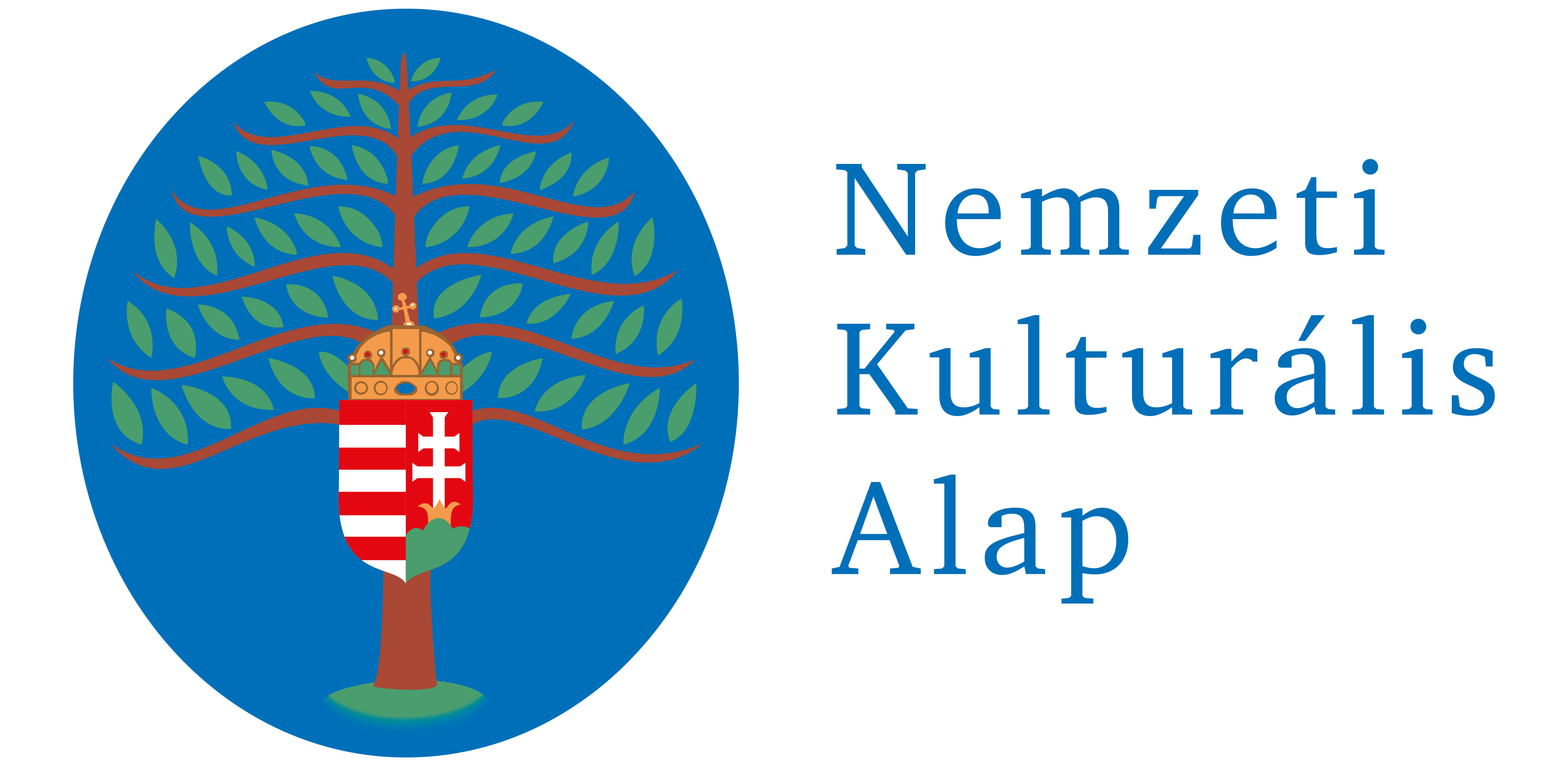Naptár
2024. április 15–19.
2024. április 20.
Eötvös József Kárpát-medencei középiskolai szónokverseny
2024. április 24. – május 3.
Tovább...
4. 2009.
Abstracts in English
Studies
Diószegi, Endre
The structure and the use of learning materials in the Sulinet Digital Knowledge Base
The Sulinet Digital Knowledge Base has reached maturity: after content and resource development, it has become a complex system helping teaching and learning in everyday practice. Although it is also applicable in formal education, traditional teaching methods still seem to be stronger and more comfortable than the new developments. Modern tools, however, cannot lead to success without the change of teachers’ attitudes. The aim of this study is twofold. First, it showcases possible uses of the huge knowledge base ranging from single tasks through working sessions to surfaces that help project-based education. Secondly, it draws attention to the fact that the teaching and learning process supported with information and communication tools does serve competence development as well. Using the learning materials of the Sulinet Digital Knowledge Base might change traditional frontal teaching methods, and might also increase the opportunities of individual and social learning.
Rhetoric thinking and reading comprehension
– Part 2 –
The first part of this study was published in the previous issue of the journal. In this second part, the author gives a detailed description of the notions argumentation and sources of argument by introducing the approaches by various authors in different periods of history. She also discusses the development and the use of rhetoric terms in Hungarian. Then she introduces the characteristics of rhetoric argumentation and its features differing from the argumentation in formal logic. In the rest of the paper, she discusses the logic of enthymeme and the various sources of argument. Following the classification by ancient authors, she lists and analyzes the general sources of argument, i.e., topos. In particular, she discusses the sources of argument by Aristotle and Quintilian, and compares the theses of the two rhetoricians. She explains the views and classifications of Hungarian rhetoricians as well. Finally, the author mentions the sources of argument in Corbett and Connors’s rhetoric which is mainly based on the relations between logic and reality.
The development of phonological awareness in the period of learning to read
Phonological awareness is one of the most important factors in learning to read successfully. There has been research done on the areas and the development of phonological awareness, mainly in an Anglo-Saxon environment. The areas correlating with successful reading have also been investigated. The present study shows what role phonological awareness plays when Hungarian pupils learn to read. It also compares the development of phonological awareness of English and Hungarian pupils. We have carried out a pilot study with twenty-two first-grade pupils with sound hearing and intellect. Our results show that there is a relation between the success of learning to read and the development of phonological awareness. We have also found that the order of the areas within the developmental process of phonological awareness differs in the case of Hungarian and English pupils.
Workshop
Exercises for developing text comprehension in primary school
In the introduction, the author provides an overview of the results and problems of text-comprehension development in primary school in the light of international and national research. Then she summarizes the theoretical consequences of the change in the interpretation of reading and text comprehension. After that she briefly discusses the results of research on reading strategies. This theoretical introduction is followed by text-comprehension exercises that form the major part of the paper. First the criteria for their collection, then their practical relevance and the conclusions of their application are discussed. The exercises vary in their level and complexity, and most of them are based on cooperative learning.
Didactic guidelines on designing text comprehension worksheets
Text comprehension is instrument knowledge that has become the market value and intellectual capital of the 21st century. Information society requires communication partners to interpret texts of different material and language efficiently. The basis of this is teaching students text comprehension strategies. We need to teach them how to infer the author’s intension from the genre, the structure and the mode of the text. They need to be able to recognize subtle characteristics of language and the devices of persuasion and manipulation so that they learn how to link the information gained from the text with information from other sources. This paper aims to provide teachers of Hungarian with practical help with teaching efficient information processing. When designing the lesson plan, we followed the principle of „operations of text comprehension strategies”. We also took into consideration the need for stronger concentration on school subjects
Let’s play tales! Working with texts at the Hungarian-as-a-foreign-language class
The comprehension of a text causes different difficulties for pupils studying Hungarian as a foreign language than for those whose mother tongue is Hungarian. The comprehension of a longer text in Hungarian may get complicated for foreigners, as Hungarian has rich morphology unlike Indo-European languages do, and also its word order differs from the Indo-European languages. This is why, in primary school dealing with longer texts and tales starts not necessarily at a beginner level, but rather at a later stage. The study shows how it is still possible to work with tales appropriately adjusted to the level of the language learners at an early stage in language learning. Working with tales does not only mean reading and text comprehension. The example also shows how to lead students from global comprehension through the comprehension of details to the verbal and non-verbal product and even fun within the framework of a mini project (i.e., puppet show).














